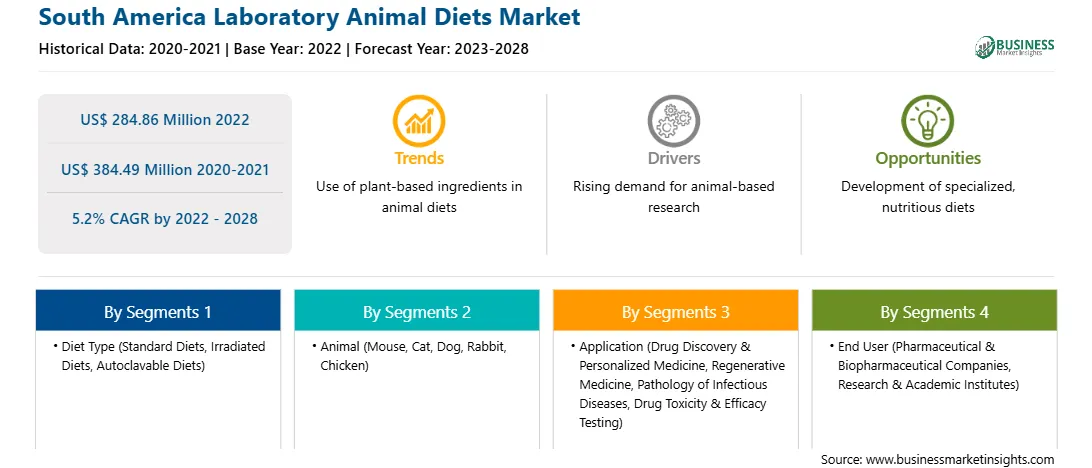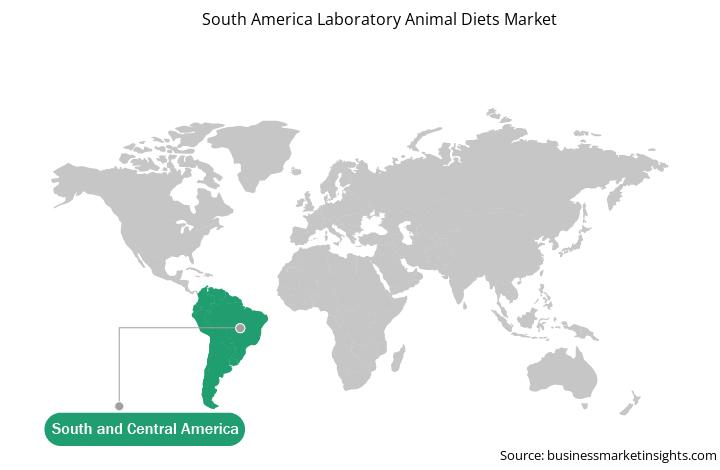Rising Usage of Mice Models in Virology and Infectious Diseases
Mice models are essential tools for studying the pathogenesis of infectious diseases and for the preclinical evaluation of vaccines and therapies against various human pathogens. The use of genetically defined inbred mouse strains, humanized mice, and gene knockout mice has enabled the research community to study how pathogens cause diseases and explain the role of specific host genes in controlling or promoting diseases. It also helps determine potential targets for prevention or identification of treatments for various infectious agents. With the emergence of new infectious diseases, the animal model has become a vital tool for studying disease mechanisms and developing therapeutics. Mice with xenografted human immune systems have been used to study the pathogenesis of various infectious agents, including Plasmodium falciparum (malaria), Mycobacterium tuberculosis, dengue virus, and influenza virus. These models have been beneficial in studying HIV, which includes analyzing viral and host factors that promote viral replication and HIV interactions with the host's immune response. They are also helpful as platforms for testing therapeutic approaches to control HIV infection. Mouse models are widely used for preclinical screening of vaccines/therapies because of their reproducibility, low cost, and ease of experimental manipulation. Over the past century, advancements in vaccines, antibiotics/antivirals, and infection control measures have significantly reduced the burden of infectious diseases on public health. However, there has been an increase in contagious viral diseases. Mouse models are considered the best small animal models to be tested for hepatitis B virus (HBV), hepatitis C virus (HCV), Zika virus, SARS-CoV-2, and cytomegalovirus (CMV). According to the WHO, more than 17 million people die from infectious diseases yearly. Over the past two decades, over 30 new infectious diseases have emerged. According to UNAIDS, 38 million people were affected by HIV by the end of 2019. Mouse models have been widely used for various viral studies due to their small size, low cost, ease of use, and high reproducibility. To study the effect of the vaccines and therapies, these mice models are given a particular standardized diet according to the need of the mice model. The prevalence of viral and infectious disease is driving the growth of the overall mice models due to which there is requirement of specific diet for the mice models. This is driving the growth of the Laboratory Animal Diet market.
Market Overview
The SAM laboratory animal diet market is segmented into Brazil, Argentina, and the Rest of SAM. Laboratory animal science has a brief history in Latin America. However, those nations in which this science is advancing are moving towards adopting and implementing ideals and directives of the international laboratory animal science community. There is great diversity across SAM in the development of science and the approach to science regulation. The use of animal subjects is used in the field of pharmacokinetics, which evaluates the path that a molecule takes in an organism after its administration. Because animal subjects offer the chance to study complex interactions in equally complex and dependent systems, it is difficult to create a robust and internationally standardized method capable of replacing them. The law on animal experimentation has been approved in Brazil, and now is part of a set of the legal instruments that profile the Brazilian government's attitude toward the use of animals in experiments. Law 11794/08 establishes a new legal instrument that guides new methods of conduct for ethics committees, researchers and representatives of animal protection societies. Thus, all the above-mentioned factors are likely to proliferate the growth of Laboratory Animal Diet market during the forecast period.
SAM Laboratory Animal Diets Market Segmentation
The SAM laboratory animal diets market is segmented into diet type, animal, application, end user, and country.
Based on diet type, the market is segmented into standard diets, irradiated diets, and autoclavable diets. The standard diets segment registered the largest market share in 2022.
Based on animal, the SAM laboratory animal diets market is segmented into mouse, cat, dog, rabbit, chicken, and others. The mouse segment registered the largest market share in 2022.
Based on application, the SAM laboratory animal diets market is segmented into drug discovery and personalized medicines, regenerative medicines, pathology of infectious disease, drug toxicity and efficacy testing, and others. The drug discovery and personalized medicine segment registered the largest market share in 2022.
Based on end user, the SAM laboratory animal diets market is segmented into pharmaceutical & biopharmaceutical companies, research & academic institutes, and others. The pharmaceutical & biopharmaceutical companies segment registered the largest market share in 2022.
Based on country, the SAM laboratory animal diets market is segmented into Brazil, Argentina, and the Rest of SAM. Brazil dominated the market in 2022.
Altromin Spezialfutter GmbH & Co. KG, Bio-Serv, Envigo, LabDiet, Research Diets Inc., SAFE, Special Diet Services, and Specialty Feeds are the leading companies operating in the laboratory animal diets market in SAM.
Strategic insights for the South America Laboratory Animal Diets provides data-driven analysis of the industry landscape, including current trends, key players, and regional nuances. These insights offer actionable recommendations, enabling readers to differentiate themselves from competitors by identifying untapped segments or developing unique value propositions. Leveraging data analytics, these insights help industry players anticipate the market shifts, whether investors, manufacturers, or other stakeholders. A future-oriented perspective is essential, helping stakeholders anticipate market shifts and position themselves for long-term success in this dynamic region. Ultimately, effective strategic insights empower readers to make informed decisions that drive profitability and achieve their business objectives within the market.

| Report Attribute | Details |
|---|---|
| Market size in 2022 | US$ 284.86 Million |
| Market Size by 2028 | US$ 384.49 Million |
| CAGR (2022 - 2028) | 5.2% |
| Historical Data | 2020-2021 |
| Forecast period | 2023-2028 |
| Segments Covered |
By Diet Type
|
| Regions and Countries Covered | South and Central America
|
| Market leaders and key company profiles |
|
The geographic scope of the South America Laboratory Animal Diets refers to the specific areas in which a business operates and competes. Understanding local distinctions, such as diverse consumer preferences (e.g., demand for specific plug types or battery backup durations), varying economic conditions, and regulatory environments, is crucial for tailoring strategies to specific markets. Businesses can expand their reach by identifying underserved areas or adapting their offerings to meet local demands. A clear market focus allows for more effective resource allocation, targeted marketing campaigns, and better positioning against local competitors, ultimately driving growth in those targeted areas.

The South America Laboratory Animal Diets Market is valued at US$ 284.86 Million in 2022, it is projected to reach US$ 384.49 Million by 2028.
As per our report South America Laboratory Animal Diets Market, the market size is valued at US$ 284.86 Million in 2022, projecting it to reach US$ 384.49 Million by 2028. This translates to a CAGR of approximately 5.2% during the forecast period.
The South America Laboratory Animal Diets Market report typically cover these key segments-
The historic period, base year, and forecast period can vary slightly depending on the specific market research report. However, for the South America Laboratory Animal Diets Market report:
The South America Laboratory Animal Diets Market is populated by several key players, each contributing to its growth and innovation. Some of the major players include:
The South America Laboratory Animal Diets Market report is valuable for diverse stakeholders, including:
Essentially, anyone involved in or considering involvement in the South America Laboratory Animal Diets Market value chain can benefit from the information contained in a comprehensive market report.